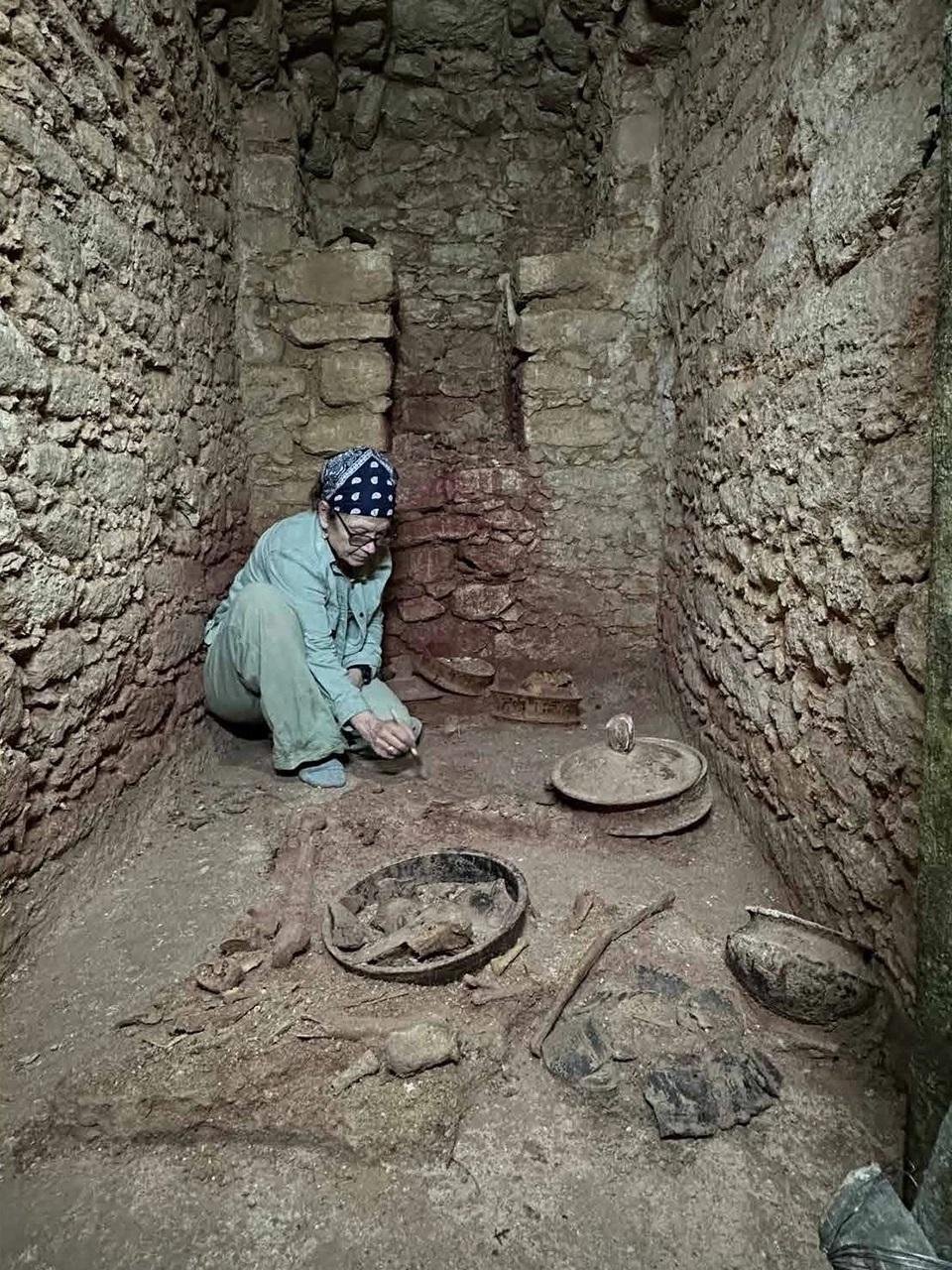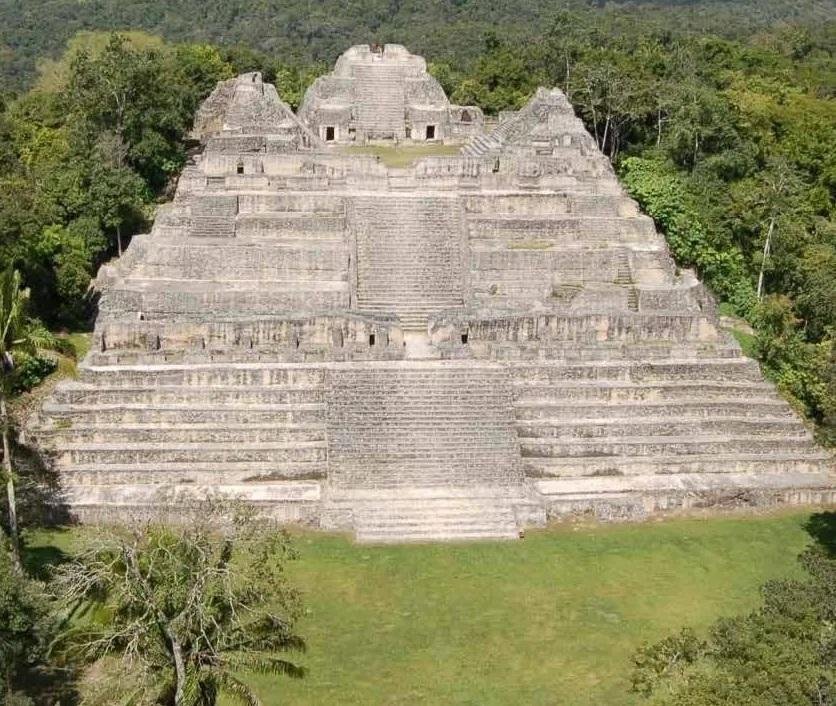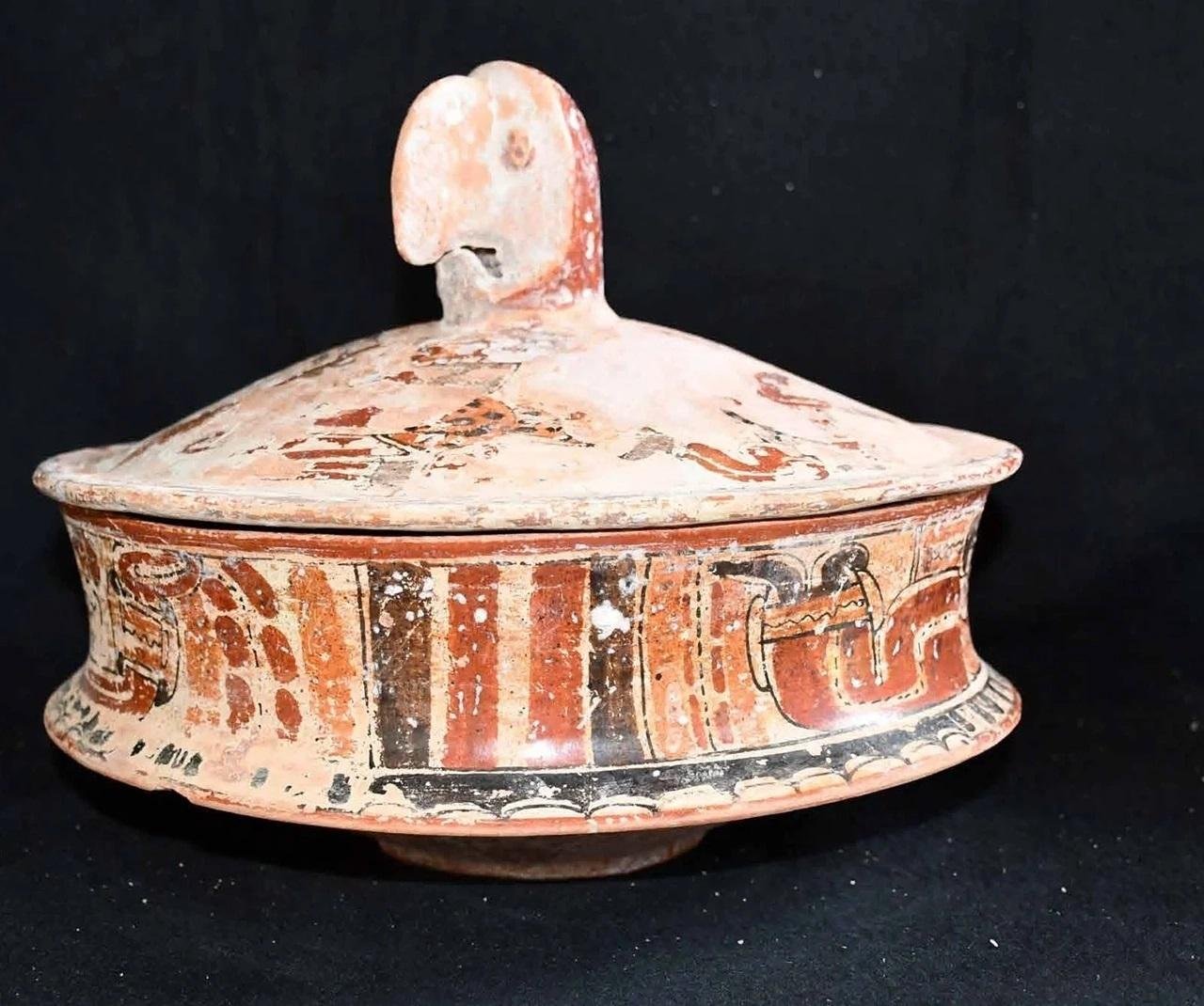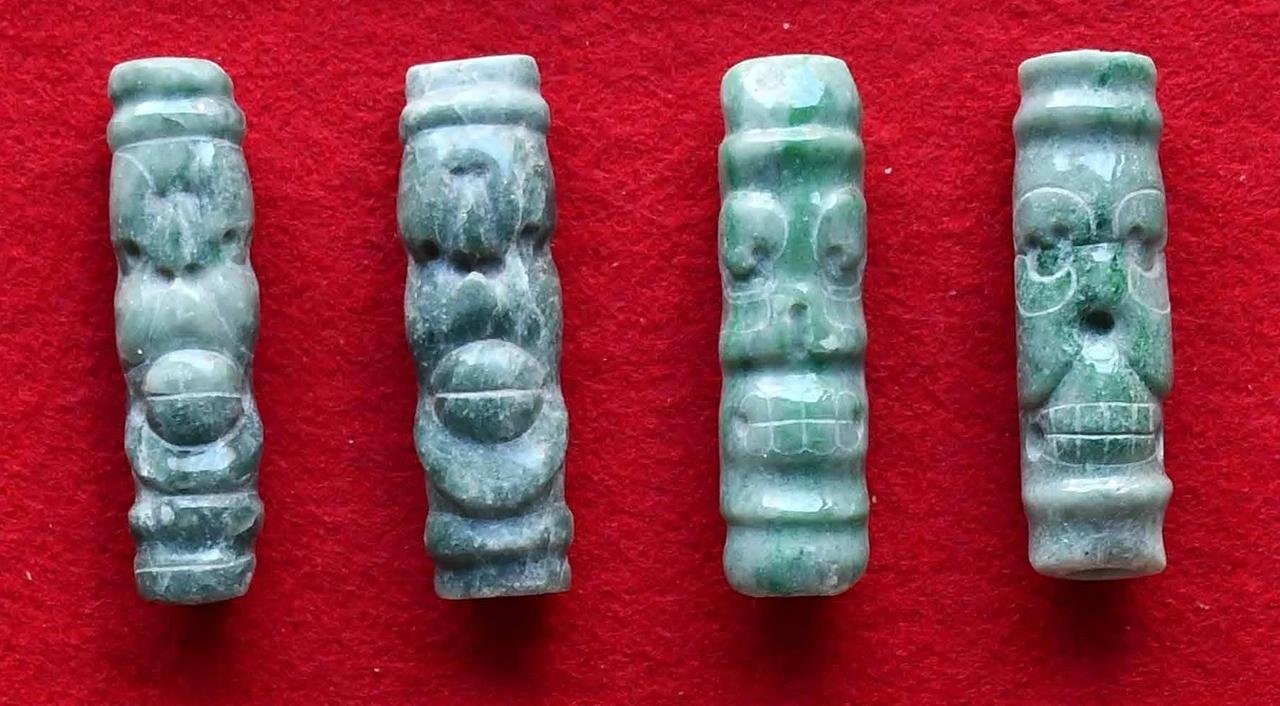Archaeologists from the University of Houston have discovered the royal tomb of Te K’ab Chaak, the first ruler and founder of the powerful Maya city of Caracol, in Belize’s dense jungles. This tomb, dated to around 350 CE, marks the first time in over four decades of excavations that researchers have uncovered an identifiable royal burial at the site, considered the largest Maya archaeological site in Belize.
 Archaeologist Diane Z. Chase in newly discovered tomb of Te K’ab Chaak with vessels in the foreground and jadeite mask to the left and the south wall niche. Credit: Caracol Archeological Project/University of Houston
Archaeologist Diane Z. Chase in newly discovered tomb of Te K’ab Chaak with vessels in the foreground and jadeite mask to the left and the south wall niche. Credit: Caracol Archeological Project/University of Houston
Te K’ab Chaak, whose name means “Tree Branch Rain God,” took the throne in 331 CE and established a royal dynasty that would last more than 460 years. The tomb was unearthed in Caracol’s Northeast Acropolis, a ceremonial-residential complex reserved for the elite members of Maya society. Buried beneath a royal shrine, his remains were accompanied by an unparalleled array of grave goods, including eleven vessels, jadeite earflares, bone tubes, Pacific spondylus shells, and a stunning mosaic jadeite death mask.
Arlen F. Chase and Diane Z. Chase, the husband-and-wife archaeologists who have led excavations at Caracol for over 40 years, described the find as unprecedented. “You’re dealing with some of the highest royalty when things get covered in cinnabar,” said Arlen in a video released by the University of Houston, referring to the red mineral used in elite Maya burials. Diane added that finding three sets of jade earflares was “incredibly unusual,” and the death mask was only the second ever discovered at the site.
 Caana, the central architectural complex at Caracol, Belize, rising 43.5 m above ground level. Credit: Caracol Archeological Project/University of Houston
Caana, the central architectural complex at Caracol, Belize, rising 43.5 m above ground level. Credit: Caracol Archeological Project/University of Houston
Pottery within the tomb featured highly worked iconography, including representations of Maya gods such as Ek Chuah, bound captives, and modeled lids in the shape of coatimundi heads—animals later used in Caracol rulers’ names. These pieces attested to both Te K’ab Chaak’s political power and his connection with warfare and trade.
 A basal flange-lidded bowl and lid recovered from the Caracol founder’s tomb. The lid usesa modeled macaw bird head as a handle. Credit: Caracol Archaeological Project, University of Houston
A basal flange-lidded bowl and lid recovered from the Caracol founder’s tomb. The lid usesa modeled macaw bird head as a handle. Credit: Caracol Archaeological Project, University of Houston
Above all, the tomb and two related burials also provide new proof of Caracol’s early interaction with distant Teotihuacan, a city over 1,200 kilometers away in what is now central Mexico. Artifacts from a nearby cremation—dated to 350 CE—include green obsidian blades from Pachuca and atlatl (spear-thrower) projectile points typical of Teotihuacano warriors. These findings suggest that elite Maya figures, including members of Caracol’s royal family, could have adopted or adapted central Mexican rituals much earlier than the historically documented “entrada” of 378 CE.
Diane Z. Chase explained, “Whether this event represented actual Teotihuacanos in the Maya area or Maya using central Mexican symbols is still debated. The Caracol archaeological data suggests that the situation was far more complicated.”
 Four jadeite tubular beads showing live and ᴅᴇᴀᴅ spider monkeys. Credit: Caracol Archaeological Project, University of Houston
Four jadeite tubular beads showing live and ᴅᴇᴀᴅ spider monkeys. Credit: Caracol Archaeological Project, University of Houston
According to the University of Houston, the cremation itself and its placement in the center of a residential plaza are also practices more typical for a high-status Teotihuacano and do not accord with standard Maya burial practices.
Caracol, which at one point was home to more than 100,000 people and covered more than 68 square miles, was a key player in the world of the Maya, especially in the sixth and seventh centuries. It boasted the monumental architecture of the Caana pyramid, one of the tallest buildings in Belize even to this day. By 900 CE, the site declined, like many other Maya centers, but its remains still intrigue archaeologists and historians.
Research is ongoing, with efforts underway to reconstruct the jadeite mask and conduct ancient DNA and isotope analysis of the skeletal remains. The Chases plan to present their findings at the Santa Fe Insтιтute’s 2025 conference on Maya–Teotihuacan interaction.





